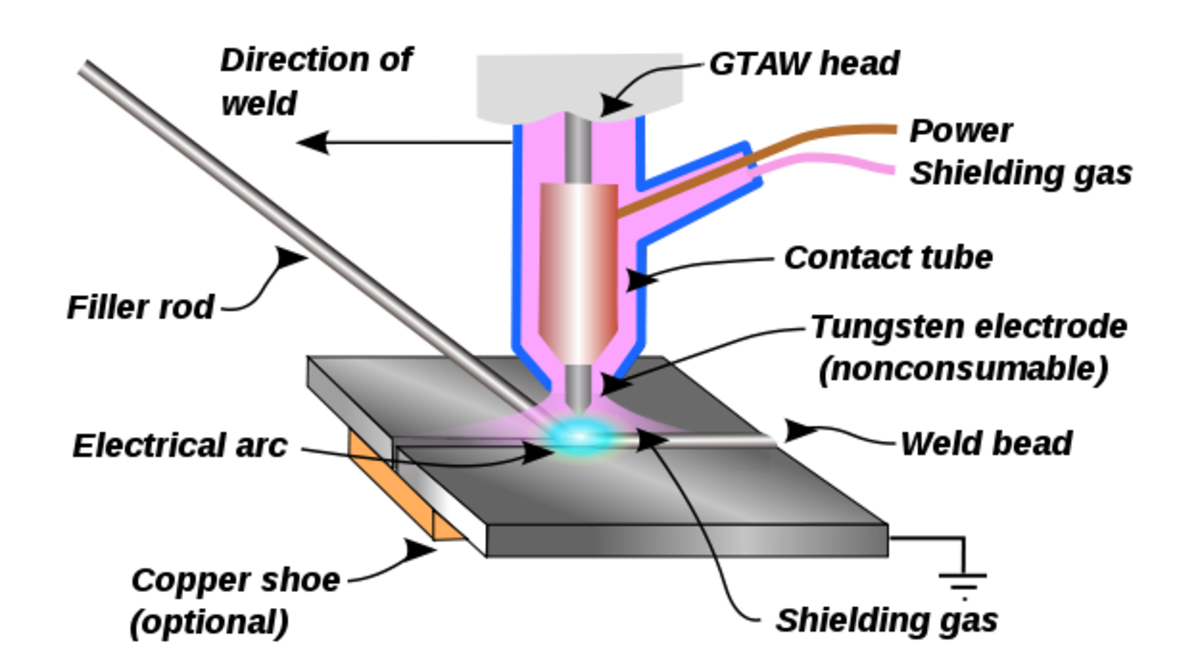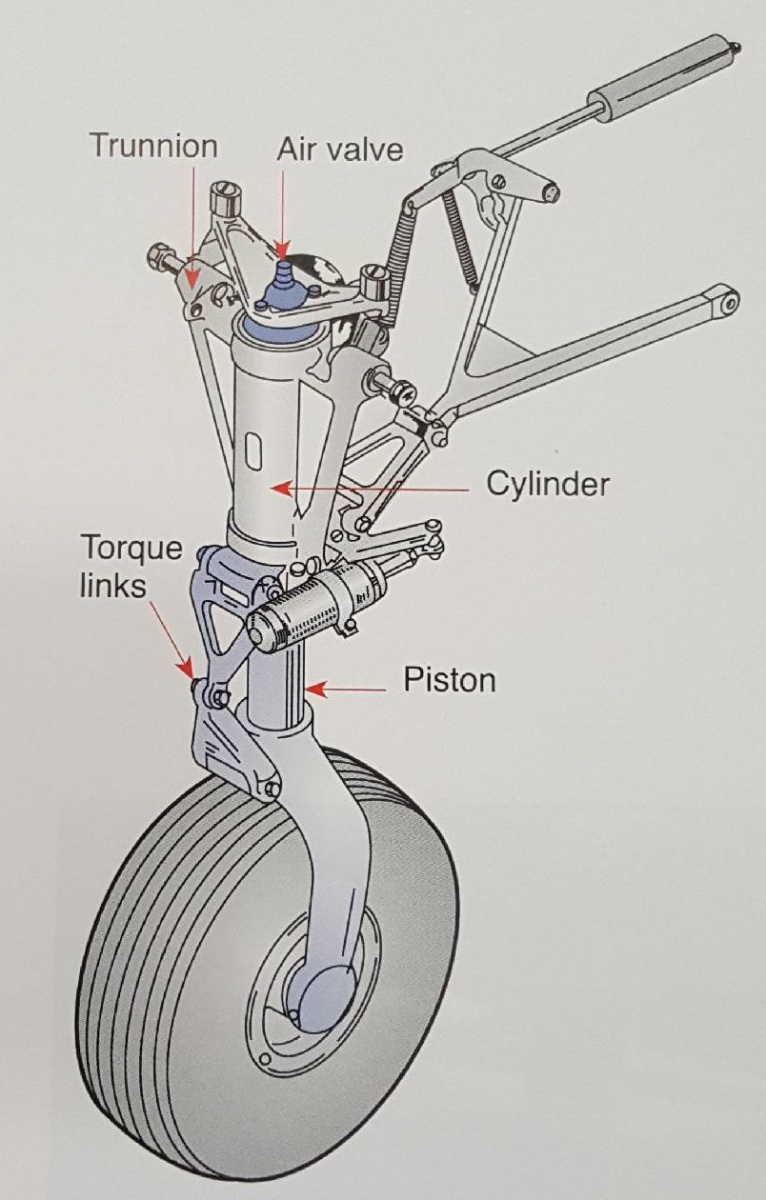Manufacturing Processes - ECM Electrochemical Machining Process
ECM & ECDM Electrochemical Machining

Electrochemical Machining ECM
Electrochemical Machining fits in the category of machining as a manufacturing process. It involves removal of material from a workpiece using electrolysis. This is achieved by connecting the workpiece and the electrode to an electrical power supply. Similar to electrical discharge machining the material for this process to work has to be electrically conductive, but unlike electrical discharge machining the workpiece and electrode are immersed in an electrolyte fluid as opposed to a dielectric fluid.
Electrochemical Machining Advantages
The main advantage of electrochemical machining is that it can be used to machine extremely hard materials with no stressing. This is due to the absence of physical contact and heat. You will notice that there are many similarities between electrochemical machining ECM and electrical discharge machining EDM and consequently the advantages for both are also very similar, but ECM does have some distinct advantages over EDM.
Advantages over EDM
- thin section and fragile parts can be machined (no stress involved)
- its faster than EDM
- There is no tool wear with ECM,
- There is no heat involved
- Tool can be made from soft electrode materials such as copper which is very easy to machine
Electrochemical Machining Disadvantages
The main disadvantage of electrochemical machining is that the process is not particularly environmentally friendly. Not only is it a high energy process but it also produces a chemical sludge that needs to be disposed of. In addition to that the equipment used has a tendency to become corroded so requires frequent maintenance.
In terms of cost, equipment is also more expensive than standard machinery and equipment.
Electrochemical Machining Process
The process involves removing any electrically conductive material using anodic dissolution of the workpiece in a stream of electrolyte. The electrolyte separates the workpiece which is the positive anode side (+ve) from the tool electrode which is the negative cathode (-ve) side. The feed rate of the tool is then matched to the dissolution rate of the workpiece with removal rate being governed by Faraday's law which in practice means it is limited by the current and the electrolyte used. Features machined into the workpiece are a mirror image of the tool and the quality of the machined finish is inversely proportional to the rate of material removal.
Because there is no tool wear whatsoever, the tool can be made to any required shape out of a soft material such as copper.
It is common practice to load several electrodes into one tool holder in order to machine complex components with multiple cavities. The process can be duplicated very easily due to the fact there is no tool wear. It is a simple case of changing out the workpiece and running the program again. However compared to standard machining the cycle times would be considered quite long, but this is somewhat offset by the faster setting up times involved and the lack of tool wear.
ECM Electrochemical Machining
ECM Electrochemical Machining - Additional Resources
- Manufacturing Processes and Methods Process
The selection of a manufacturing process is done very much on the basis of a manufacturer choosing the process that best suits his needs. Consideration must be given to a number of factors before deciding on a... - Materials Selection versus Manufacturing Process
Material selections can determine what manufacturing processes are available, form can determine what materials can be used and manufacturing processes can determine what form can be created. So what you... - Manufacturing Processes - EDM Electrical Discharge Machining
Wire Electrical Discharge Machining fits in the category of machining as a manufacturing process. It involves removal of material from a workpiece using spark discharges. This is achieved by connecting the... - Manufacturing Processes - CNC Single Point Cutting
Single point cutting fits in the category of machining as a manufacturing process. It involves the removal of metal from a workpiece using cutting tools that only have one primary cutting edge. Typical... - Manufacturing Processes - Grinding Machines
Grinding machines come in many different forms and types but generally fit under the category of mechanical machining as a manufacturing process. In principle all grinding machines operate in a similar... - Statistical Process Control versus Acceptance Sampling
There are two types of product quality control approaches that are going to be compared and contrasted in this article, namely: Acceptance Sampling Statistical Process Control. (SPC) The purpose of...







